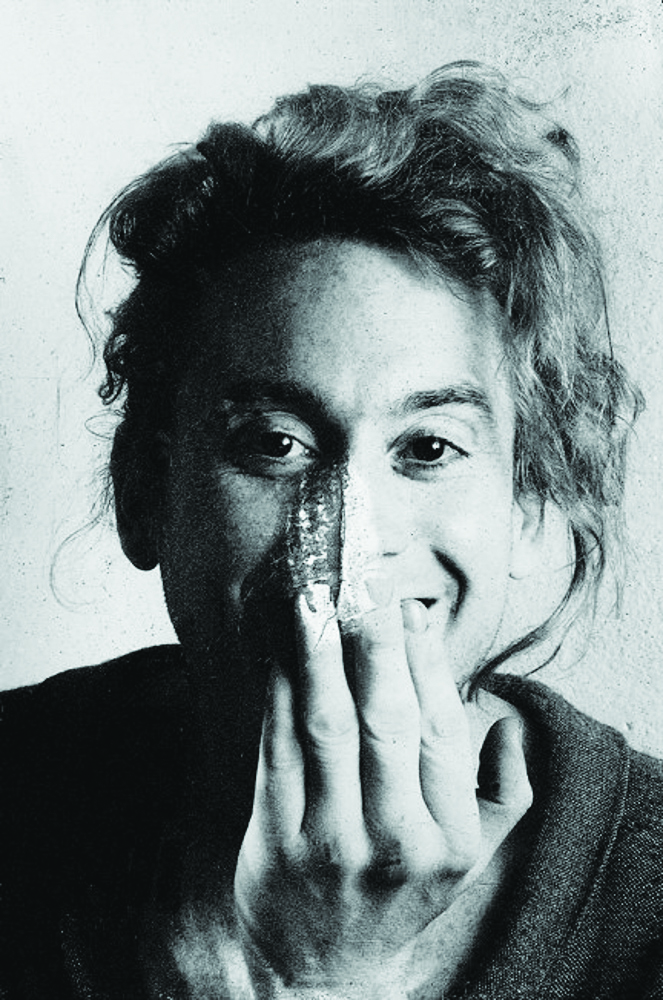Salvador Walter Barea “Batato” is an emblematic figure and Canon of Performance in Argentina. His figure emerged in the democratic spring of 1983 as a member of the variety group “Los Peinados Yoli”. In the clown courses he would discover what he would call “his revelation” and together with Guillermo Angelelli, Cristina Marti, Gabriel Chame Buendía, Daniel Miranda, and Hernán Gené he joined the “Clú del” Claun”, premiering works such as “Escuela de Payasos” , “Arturo”, “Esta de la vas apaid”, under the direction of Hernán Gené, and “The History of the Theatre”, among other classic works in clown language. He simultaneously created his language based on Performance, short-lived works or prints without a dramatic basis. Events in which he became a kind of interactive flipper, inviting the public to “construct” playful actions, whether lying down, listening to music or drawing, such as “The Bed”, “The Fruit Salad”, “Baptize with B ” or “Bloody Gymnastics”. His sphere of expression were stages such as the legendary Parakultural Center, the emerging Ricardo Rojas-UBA Cultural Center (one of its rooms there today bears his name), the Recoleta Cultural Center, the Café Einstein, Cemento, the discos, the murgas and the streets. same. Places where Batato, among the deafening noise, let The Poetry be heard. Testimonies from people who attended the so-called “Underground” circuit do not hesitate to affirm that he invented the public, the places and their codes.


 Barea Batato
Barea Batato